-
Ag GeoSpatial Data Explorer (AgGeo): A Web-Based Tool for exploring Agricultural, Geospatial, and Climate Data

In 2023, approximately 282 million people across 59 countries faced severe food insecurity, an increase of 24 million from the previous year. Sub-Saharan Africa (SSA) bears a disproportionate burden of this crisis. Climate change is already reducing cereal production across the region, with projections showing a further 20% decline by 2030. Food import bills in…
-
How Well Does Machine Learning Predict Food Insufficiency? A Case Study from Malawi

The World Food Programme estimates (pdf) that approximately 3.5 million Malawians are chronically food insecure. That number rises, and hunger becomes more acute, in the lean season between harvests. Seasonal hunger is further aggravated by limited storage options and extreme weather events, such as the recent weak rains that rendered 25% of the population acutely…
-
CRIFS Technical Brief: Who is a small-scale producer? A proposed operational definition
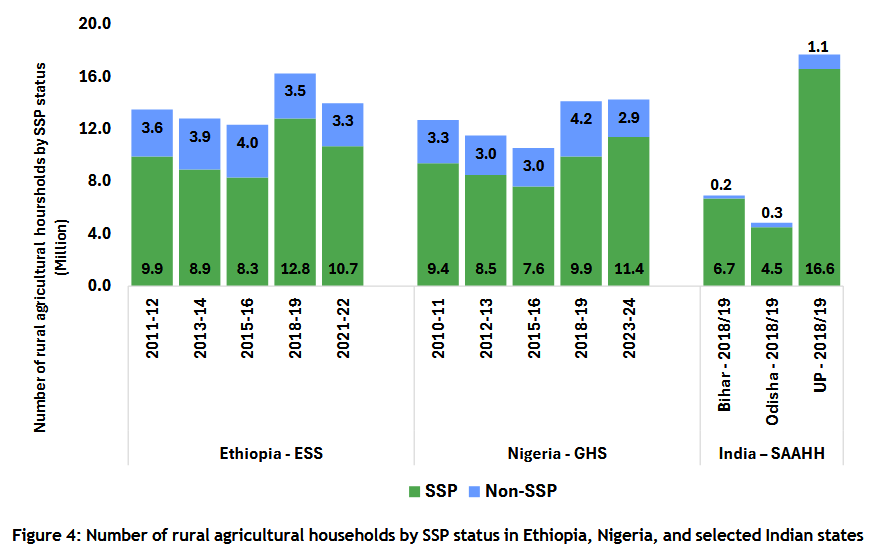
EPAR TECHNICAL BRIEF #396B Fri, 08/15/2025 AUTHORS: Didier Yelognisse Alia, Becca Toole, Federico Trindade and C. Leigh Anderson ABSTRACT: Agricultural producers in food systems face differential climate risks given heterogeneity in land size, farming systems, labor endowments, proximity to markets, and other socio-economic characteristics. While there is broad agreement that small-scale producers (SSPs) are the…
-
EPAR Updates

We are excited to announce our new blog category called EPAR Updates, where we will share periodic updates of publicly available outputs and alumni transitions (so keep us informed at uw.eparx@gmail.com). DATA & CODE General Updates: Wave-Specific Updates
-
When Do Farmers Adopt and Respond to Early Warning Systems?
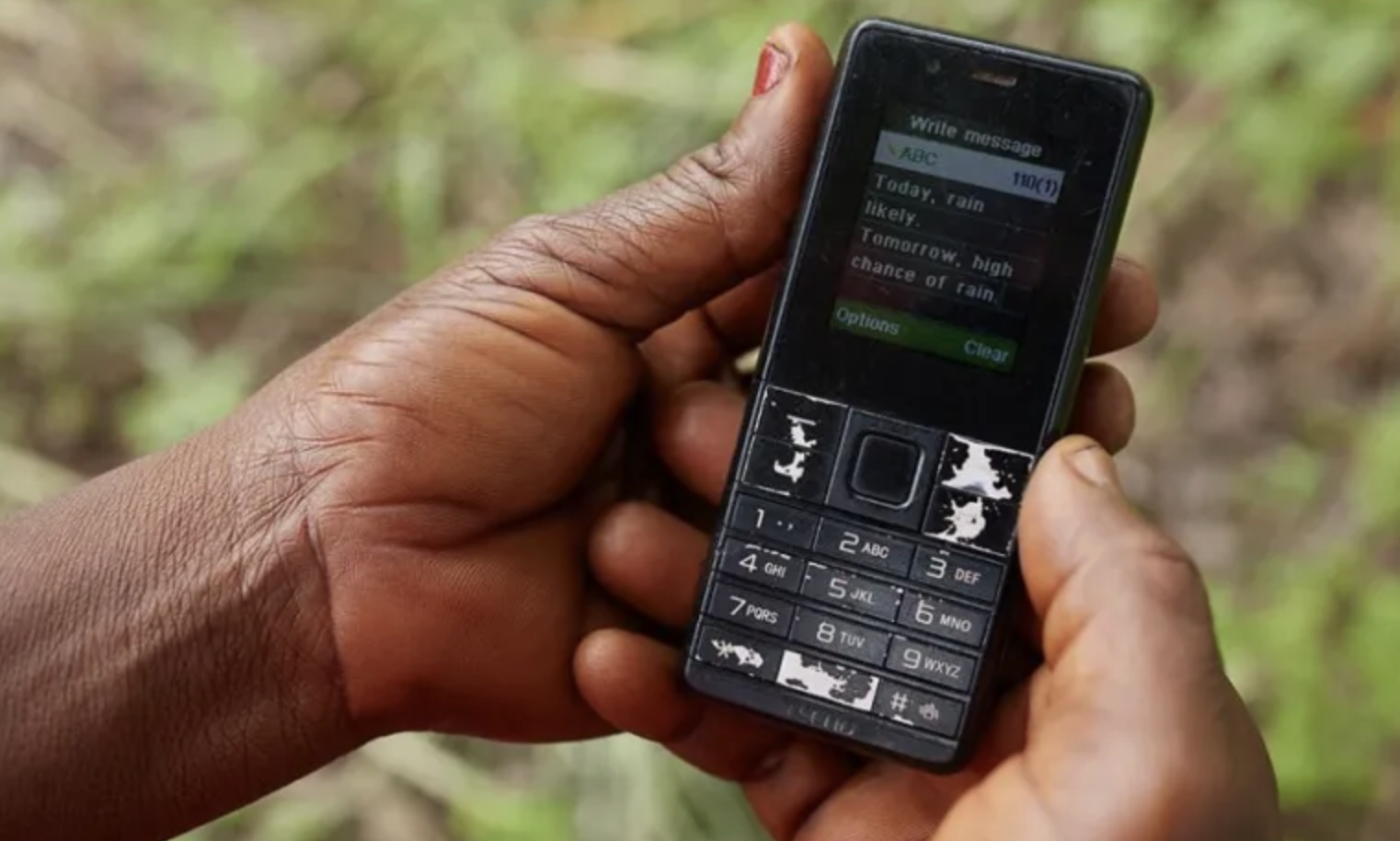
At first glance, one might presume the answer to this question to be an emphatic “always”. After all, these systems are designed to shield communities from severe environmental hazards, thereby boosting agricultural productivity, so it would seem that farmers would jump at the chance to use them. In reality, however, even when access isn’t a…
-
Overview of Recent and Ongoing Projects by the Evans School Policy Analysis and Research Group on Climate Impact in Food Systems
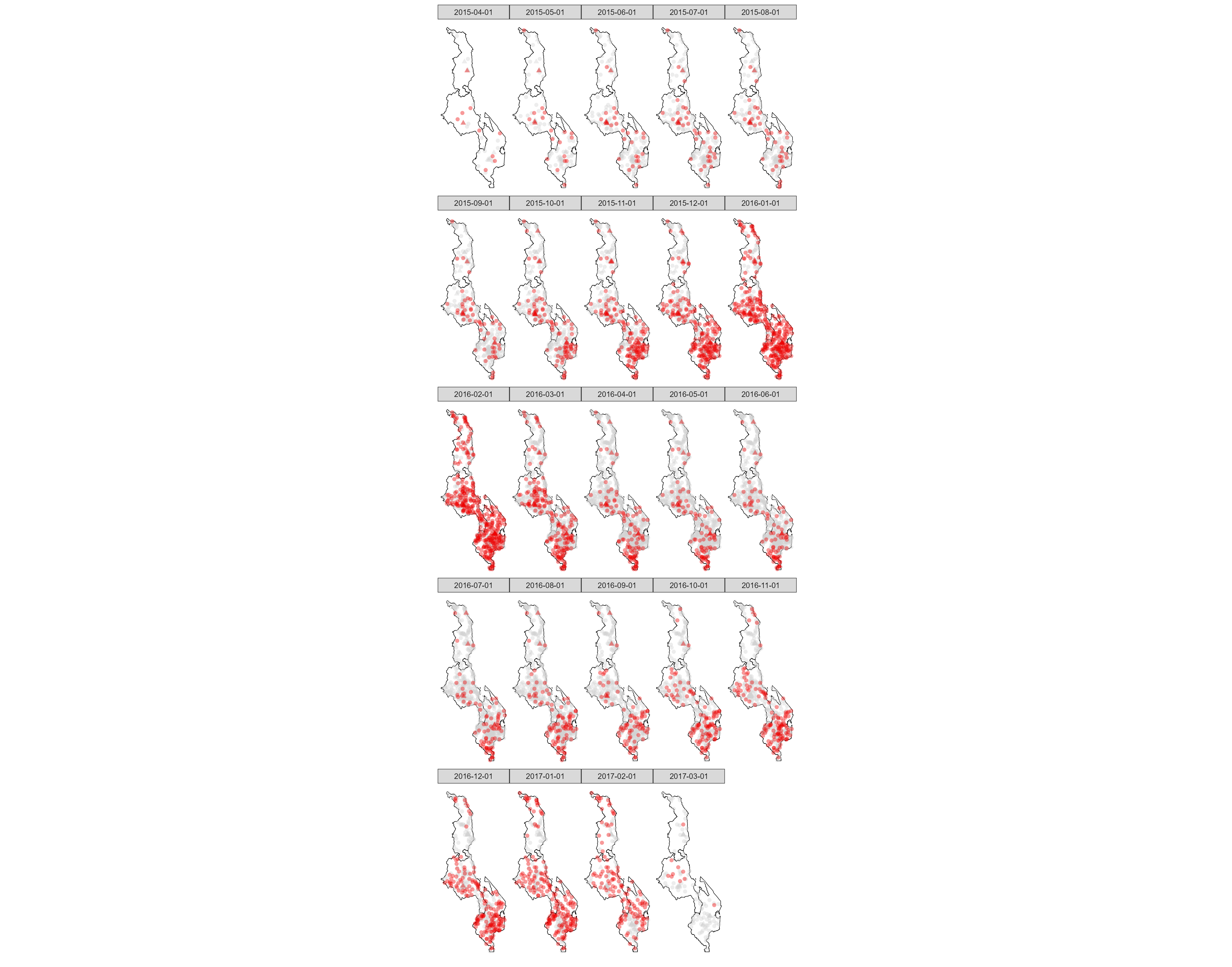
Researchers at the Evans School Policy Analysis and Research Group (EPAR) engage in a wide range of projects spanning agriculture, development policy, financial services, poverty reduction, gender, and measurement and evaluation. Much of EPAR’s climate-related work is part of the newly established Center for Risk and Inclusion in Food Systems (CRIFS). CRIFS focuses on generating…
-
CRIFS Technical Brief: A Food Systems Framework

EPAR TECHNICAL BRIEF #396A Fri, 01/24/2025 AUTHORS: C. Leigh Anderson, Alex Huff, Telli Koroma, Lucero Marquez, and Rebecca Toole ABSTRACT: Existing frameworks fail to explicitly identify the role of small-scale producers (SSPs) in food systems. We adapted existing food system frameworks to develop a supply chain-focused, conceptual framework of food systems that accounted for SSPs…
-
Gendered languages

Introduction Language is an important cultural institution in human society. The World Bank (2019) estimates that 38 percent of world languages have grammatical gender, which can be defined as a system of word classification in which words are grouped into categories or “genders”. In the last decade, gendered language has attracted increasing attention from social…
-
AgQuery 50X2030 Cambodia Initiative

In December 2024, members of the Evans School Policy and Analysis Research (EPAR) group visited Cambodia, for the launch of AgQuery, an open-source, publicly-available data-visualization tool that EPAR developed to guide policy analysis and host rich agricultural data like the Cambodian Agricultural Survey. University of Washington Professors Leigh Anderson and Stanley Wood, and EPAR Research…
-
Patterns of household food consumption across food groups and sources in sub-Saharan African countries

Background In most low- and middle-income countries (LMICs), per capita food expenditure has been steadily rising over the past few decades despite challenges from climate change, conflict, and COVID-19. Trends in food consumption are driven by urbanization, higher incomes, globalization, increased economic integration, and consumer preferences. In sub-Saharan Africa (SSA) there has been a shift…
-
Where do African farmers obtain their seed from? Insights from Ethiopia and Nigeria
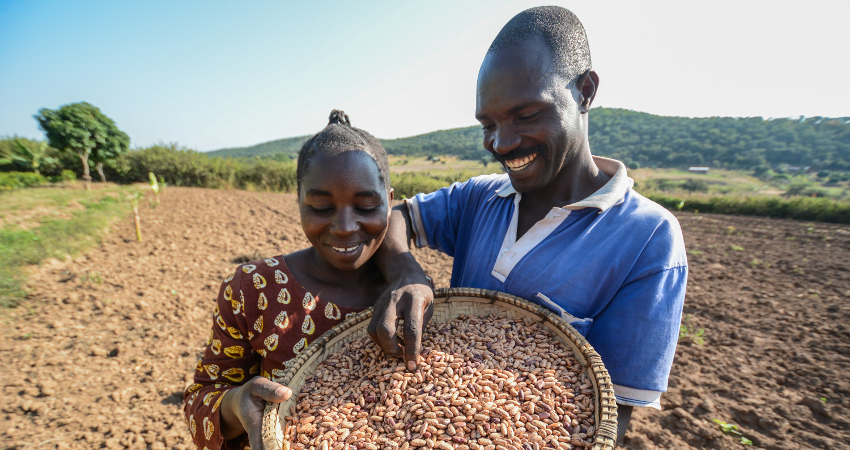
Background and motivation Timely access to quality seed, among other factors, determines household planting decisions and has implications for agricultural productivity. Hence, it is important to understand where and how small-scale producers (SSP) obtain their seed. To answer this question, we use nationally representative agricultural households survey data from the Living Standards and Measurement Study…
-
Year Over Year Smallholder Threshold Variability (Sub-Saharan Africa)
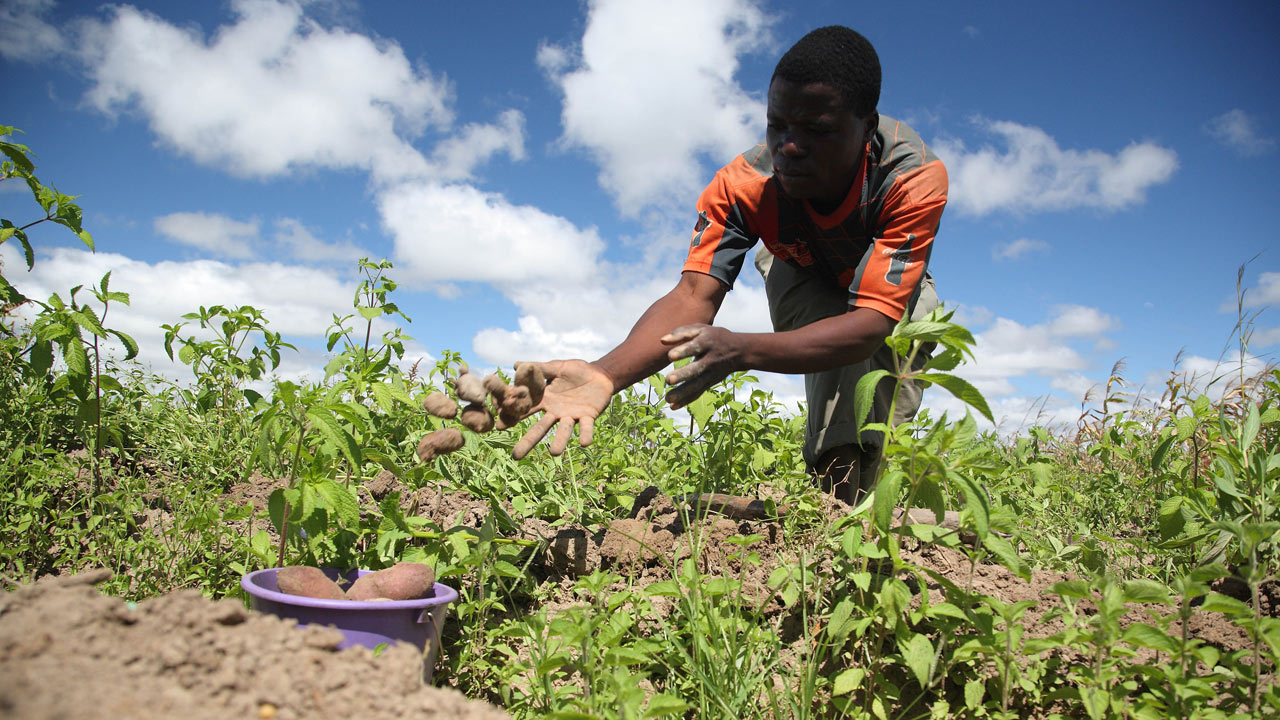
Defining Smallholder FarmersSmallholder Farmers or Small-Scale Producers, are frequently mentioned as targets for development interventions, to relieve hunger, alleviate poverty, or catalyze agricultural transformation. However, an operationalizable definition of a smallholder farmer is difficult to come by, with few sources even defining the term. When sources do offer a definition, they rarely agree on the indicators and…
-
 In 2023, approximately 282 million people across 59 countries faced severe food insecurity, an increase of 24 million from the previous year. Sub-Saharan Africa (SSA) bears a disproportionate burden of this crisis. Climate change is already reducing cereal production across the region, with projections showing a further 20% decline by 2030. Food import bills in…
In 2023, approximately 282 million people across 59 countries faced severe food insecurity, an increase of 24 million from the previous year. Sub-Saharan Africa (SSA) bears a disproportionate burden of this crisis. Climate change is already reducing cereal production across the region, with projections showing a further 20% decline by 2030. Food import bills in… -

How Well Does Machine Learning Predict Food Insufficiency? A Case Study from Malawi
The World Food Programme estimates (pdf) that approximately 3.5 million Malawians are chronically food insecure. That number rises, and hunger becomes more acute, in the lean season between harvests. Seasonal hunger is further aggravated by limited storage options and extreme weather events, such as the recent weak rains that rendered 25% of the population acutely… -
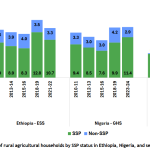
CRIFS Technical Brief: Who is a small-scale producer? A proposed operational definition
EPAR TECHNICAL BRIEF #396B Fri, 08/15/2025 AUTHORS: Didier Yelognisse Alia, Becca Toole, Federico Trindade and C. Leigh Anderson ABSTRACT: Agricultural producers in food systems face differential climate risks given heterogeneity in land size, farming systems, labor endowments, proximity to markets, and other socio-economic characteristics. While there is broad agreement that small-scale producers (SSPs) are the… -
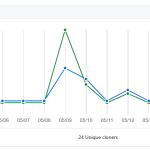 We are excited to announce our new blog category called EPAR Updates, where we will share periodic updates of publicly available outputs and alumni transitions (so keep us informed at uw.eparx@gmail.com). DATA & CODE General Updates: Wave-Specific Updates
We are excited to announce our new blog category called EPAR Updates, where we will share periodic updates of publicly available outputs and alumni transitions (so keep us informed at uw.eparx@gmail.com). DATA & CODE General Updates: Wave-Specific Updates -
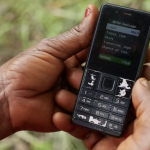
When Do Farmers Adopt and Respond to Early Warning Systems?
At first glance, one might presume the answer to this question to be an emphatic “always”. After all, these systems are designed to shield communities from severe environmental hazards, thereby boosting agricultural productivity, so it would seem that farmers would jump at the chance to use them. In reality, however, even when access isn’t a… -
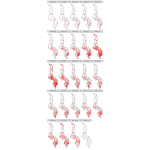 Researchers at the Evans School Policy Analysis and Research Group (EPAR) engage in a wide range of projects spanning agriculture, development policy, financial services, poverty reduction, gender, and measurement and evaluation. Much of EPAR’s climate-related work is part of the newly established Center for Risk and Inclusion in Food Systems (CRIFS). CRIFS focuses on generating…
Researchers at the Evans School Policy Analysis and Research Group (EPAR) engage in a wide range of projects spanning agriculture, development policy, financial services, poverty reduction, gender, and measurement and evaluation. Much of EPAR’s climate-related work is part of the newly established Center for Risk and Inclusion in Food Systems (CRIFS). CRIFS focuses on generating… -
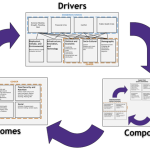
CRIFS Technical Brief: A Food Systems Framework
EPAR TECHNICAL BRIEF #396A Fri, 01/24/2025 AUTHORS: C. Leigh Anderson, Alex Huff, Telli Koroma, Lucero Marquez, and Rebecca Toole ABSTRACT: Existing frameworks fail to explicitly identify the role of small-scale producers (SSPs) in food systems. We adapted existing food system frameworks to develop a supply chain-focused, conceptual framework of food systems that accounted for SSPs… -
 Introduction Language is an important cultural institution in human society. The World Bank (2019) estimates that 38 percent of world languages have grammatical gender, which can be defined as a system of word classification in which words are grouped into categories or “genders”. In the last decade, gendered language has attracted increasing attention from social…
Introduction Language is an important cultural institution in human society. The World Bank (2019) estimates that 38 percent of world languages have grammatical gender, which can be defined as a system of word classification in which words are grouped into categories or “genders”. In the last decade, gendered language has attracted increasing attention from social… -

AgQuery 50X2030 Cambodia Initiative
In December 2024, members of the Evans School Policy and Analysis Research (EPAR) group visited Cambodia, for the launch of AgQuery, an open-source, publicly-available data-visualization tool that EPAR developed to guide policy analysis and host rich agricultural data like the Cambodian Agricultural Survey. University of Washington Professors Leigh Anderson and Stanley Wood, and EPAR Research… -
 Background In most low- and middle-income countries (LMICs), per capita food expenditure has been steadily rising over the past few decades despite challenges from climate change, conflict, and COVID-19. Trends in food consumption are driven by urbanization, higher incomes, globalization, increased economic integration, and consumer preferences. In sub-Saharan Africa (SSA) there has been a shift…
Background In most low- and middle-income countries (LMICs), per capita food expenditure has been steadily rising over the past few decades despite challenges from climate change, conflict, and COVID-19. Trends in food consumption are driven by urbanization, higher incomes, globalization, increased economic integration, and consumer preferences. In sub-Saharan Africa (SSA) there has been a shift… -
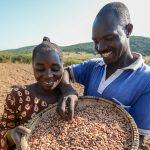
Where do African farmers obtain their seed from? Insights from Ethiopia and Nigeria
Background and motivation Timely access to quality seed, among other factors, determines household planting decisions and has implications for agricultural productivity. Hence, it is important to understand where and how small-scale producers (SSP) obtain their seed. To answer this question, we use nationally representative agricultural households survey data from the Living Standards and Measurement Study… -

Year Over Year Smallholder Threshold Variability (Sub-Saharan Africa)
Defining Smallholder FarmersSmallholder Farmers or Small-Scale Producers, are frequently mentioned as targets for development interventions, to relieve hunger, alleviate poverty, or catalyze agricultural transformation. However, an operationalizable definition of a smallholder farmer is difficult to come by, with few sources even defining the term. When sources do offer a definition, they rarely agree on the indicators and…